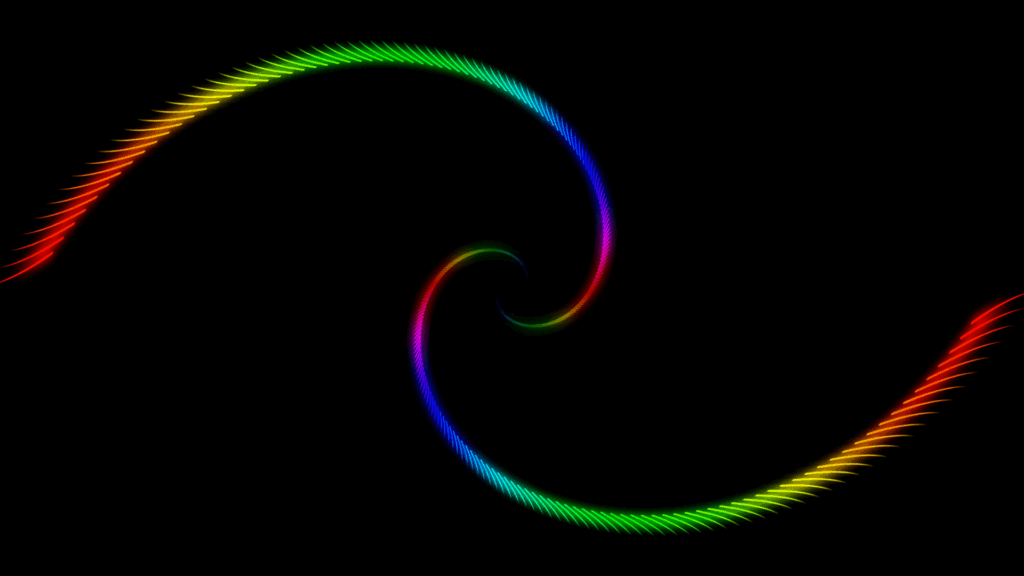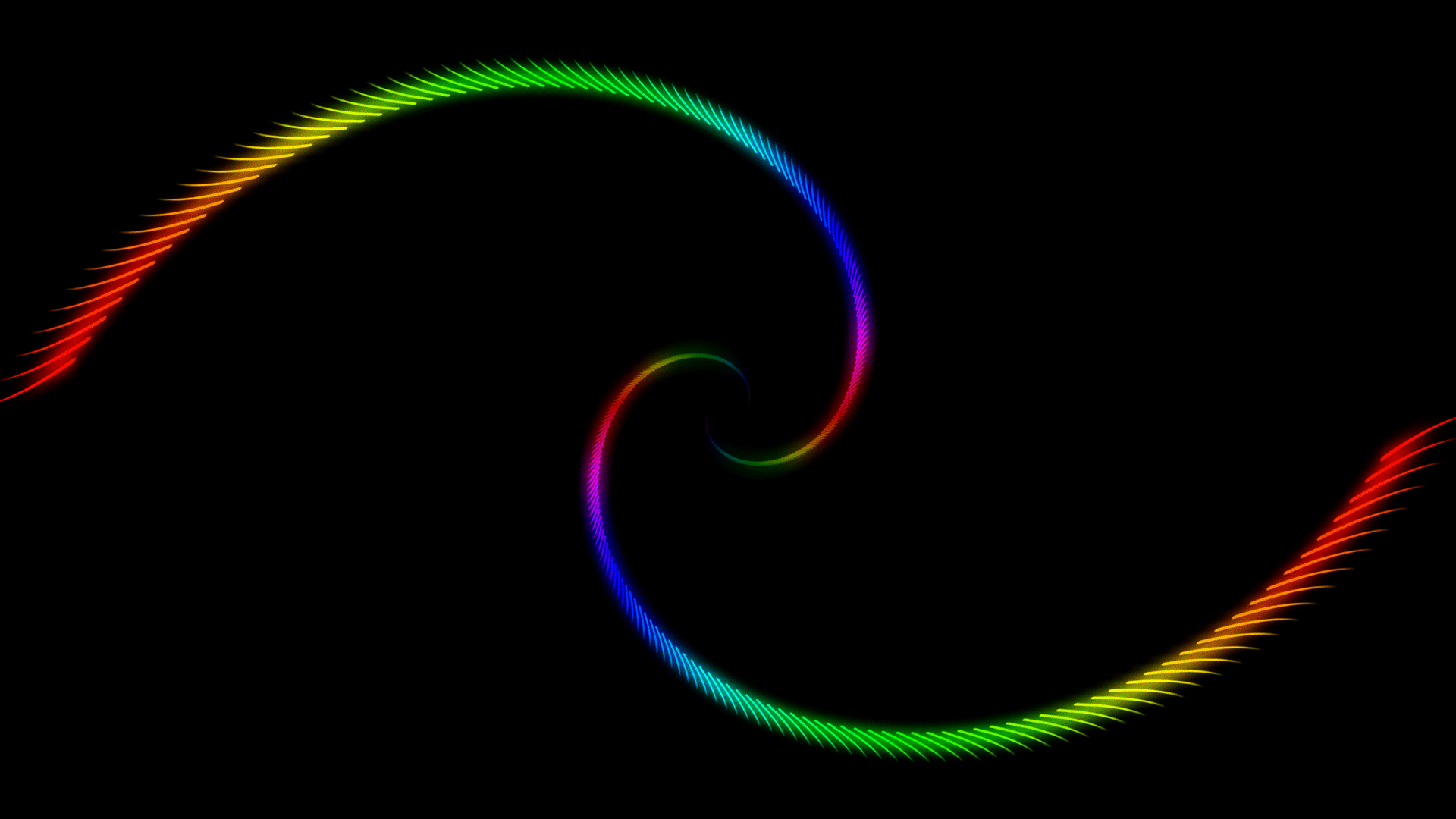
Finding the Perfect Non Copyrighted GIFs: A Comprehensive Guide
In today’s digital landscape, GIFs (Graphics Interchange Format) have become a ubiquitous form of visual communication. From social media posts to marketing campaigns, these short, looping animations add personality and engagement. However, the crucial aspect often overlooked is copyright. Using copyrighted material without permission can lead to legal repercussions. This article delves into the world of non copyrighted GIFs, providing a comprehensive guide on where to find them, how to use them legally, and best practices for incorporating them into your content strategy. Understanding the nuances of copyright law is essential for anyone creating or sharing content online. Let’s explore the resources available for sourcing non copyrighted GIFs and how to ensure you are using them ethically and legally.
Understanding GIF Copyright
Before diving into where to find non copyrighted GIFs, it’s crucial to understand the basics of copyright law as it applies to GIFs. Copyright protects original works of authorship, including images and animations. This means that most GIFs you find online are likely protected by copyright. The copyright holder has the exclusive right to reproduce, distribute, display, and create derivative works from their GIF. Using a copyrighted GIF without permission is infringement, even if you are not profiting from it directly. However, not all GIFs are copyrighted, and there are several ways to legally use GIFs without violating copyright law.
Fair Use Doctrine
One exception to copyright law is the fair use doctrine. Fair use allows limited use of copyrighted material without permission for purposes such as criticism, commentary, news reporting, teaching, scholarship, and research. Whether a particular use qualifies as fair use depends on several factors, including:
- The purpose and character of the use, including whether such use is of a commercial nature or is for nonprofit educational purposes.
- The nature of the copyrighted work.
- The amount and substantiality of the portion used in relation to the copyrighted work as a whole.
- The effect of the use upon the potential market for or value of the copyrighted work.
Even if your use falls under fair use, it’s always best to err on the side of caution and seek permission from the copyright holder or use non copyrighted GIFs instead.
Where to Find Non Copyrighted GIFs
Fortunately, there are numerous resources for finding non copyrighted GIFs that you can use freely without worrying about copyright infringement. These resources range from public domain archives to creative commons platforms.
Public Domain Archives
The public domain consists of works that are no longer protected by copyright law. This can happen because the copyright has expired, the copyright holder has relinquished their rights, or the work was created by the government. Public domain GIFs are free to use without permission. Some reliable sources for public domain images and animations include:
- Wikimedia Commons: A repository of freely usable media files, including GIFs. Always check the licensing information for each GIF to ensure it is indeed in the public domain.
- The Internet Archive: Contains a vast collection of digitized materials, including many old animations and GIFs that may be in the public domain.
- Flickr Commons: Many institutions upload images to Flickr with no known copyright restrictions.
Creative Commons Platforms
Creative Commons (CC) is a non-profit organization that provides licenses allowing creators to grant permissions for others to use their work. CC licenses range from allowing any use as long as attribution is given (CC BY) to allowing only non-commercial use (CC BY-NC). When using GIFs licensed under Creative Commons, it’s crucial to understand the specific terms of the license and to give proper attribution to the creator.
Some popular platforms for finding Creative Commons GIFs include:
- Giphy: While Giphy hosts many copyrighted GIFs, it also allows creators to upload content under Creative Commons licenses. Use the search filters to find GIFs with specific CC licenses.
- Tenor: Similar to Giphy, Tenor has a large library of GIFs, some of which are available under Creative Commons licenses.
- Flickr: Many photographers and animators upload their work to Flickr under Creative Commons licenses. You can search for GIFs with specific CC licenses using Flickr’s advanced search options.
Royalty-Free Stock GIF Sites
Royalty-free stock GIF sites offer a library of GIFs that you can use after paying a one-time fee or subscribing to a plan. While these GIFs are not necessarily free, they provide a cost-effective way to access high-quality, non copyrighted GIFs without worrying about ongoing royalties. Some popular royalty-free stock GIF sites include:
- Shutterstock: Offers a wide range of GIFs and animations that you can use for commercial and non-commercial purposes.
- Getty Images: Provides high-quality stock GIFs with various licensing options to suit your needs.
- Adobe Stock: Integrated with Adobe Creative Cloud, Adobe Stock offers a vast library of GIFs and animations for creative projects.
Create Your Own GIFs
The best way to ensure you are using non copyrighted GIFs is to create your own. With modern tools and software, creating GIFs is easier than ever. You can use video editing software like Adobe Premiere Pro or free online GIF makers to create custom animations. This not only ensures that you have full copyright ownership of the GIF, but also allows you to tailor the GIF to your specific needs and branding.
Best Practices for Using Non Copyrighted GIFs
Once you’ve found or created your non copyrighted GIFs, it’s important to use them responsibly and ethically. Here are some best practices to keep in mind:
- Always Check Licensing Information: Before using any GIF, carefully review the licensing information to ensure that it is indeed non copyrighted or that you have the necessary permissions to use it.
- Give Proper Attribution: If the GIF is licensed under Creative Commons, be sure to give proper attribution to the creator as required by the license terms. This typically involves including the creator’s name, the title of the work, and a link to the license.
- Respect Copyright Restrictions: If the GIF is not non copyrighted, respect the copyright restrictions and avoid using it without permission.
- Consider Fair Use: If you believe your use qualifies as fair use, document your reasoning and be prepared to defend your position if challenged.
- Create Original Content: Whenever possible, create your own GIFs to ensure full copyright ownership and avoid potential legal issues.
- Use Reputable Sources: Stick to reputable sources for non copyrighted GIFs to minimize the risk of inadvertently using copyrighted material.
Tools for Creating Your Own GIFs
Creating your own GIFs provides the ultimate control over copyright and allows for unique, personalized content. Here are some tools that make GIF creation accessible to everyone:
- Adobe Photoshop: A professional-grade tool for creating and editing GIFs, offering advanced features and precise control.
- GIMP (GNU Image Manipulation Program): A free and open-source alternative to Photoshop, capable of creating and editing GIFs.
- Ezgif.com: A free online GIF maker that allows you to create GIFs from video files or a series of images.
- Imgur’s Video to GIF: A simple online tool for converting videos into GIFs.
- LICEcap: A lightweight desktop application for capturing screen recordings and saving them as GIFs.
The Future of GIFs and Copyright
As GIFs continue to evolve and become more integrated into digital communication, the issue of copyright will remain relevant. Emerging technologies like AI-generated GIFs could further complicate the landscape. Staying informed about copyright law and best practices is crucial for creators and users alike. By understanding the nuances of copyright and utilizing resources for non copyrighted GIFs, you can confidently incorporate these engaging visuals into your content strategy without risking legal repercussions.
In conclusion, using non copyrighted GIFs is essential for anyone looking to enhance their online content legally and ethically. Whether you opt for public domain archives, Creative Commons platforms, royalty-free stock GIF sites, or creating your own GIFs, understanding copyright law and best practices will ensure you are using GIFs responsibly. By following the guidelines outlined in this article, you can confidently leverage the power of GIFs to engage your audience and enhance your online presence. [See also: Understanding Creative Commons Licenses] [See also: Best Free Image Resources for Content Creators]

